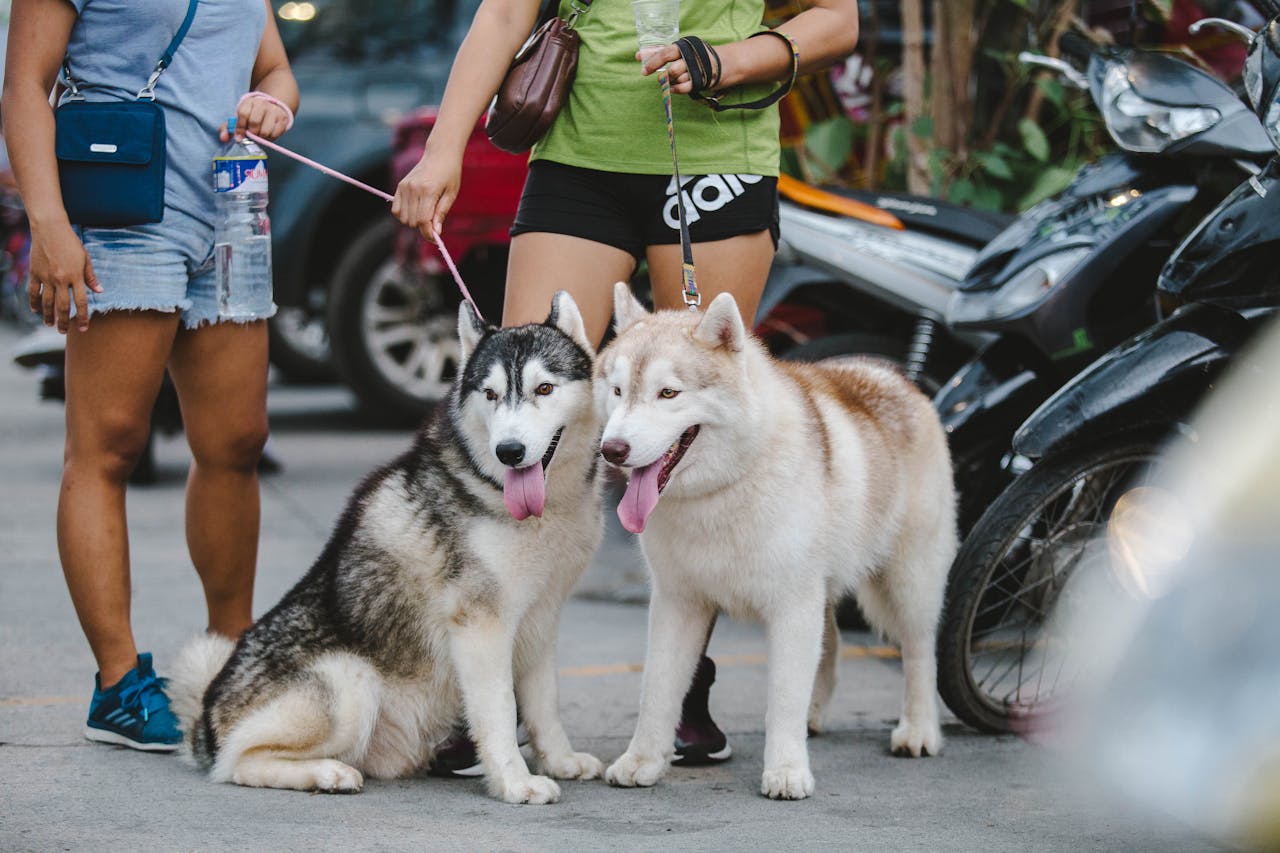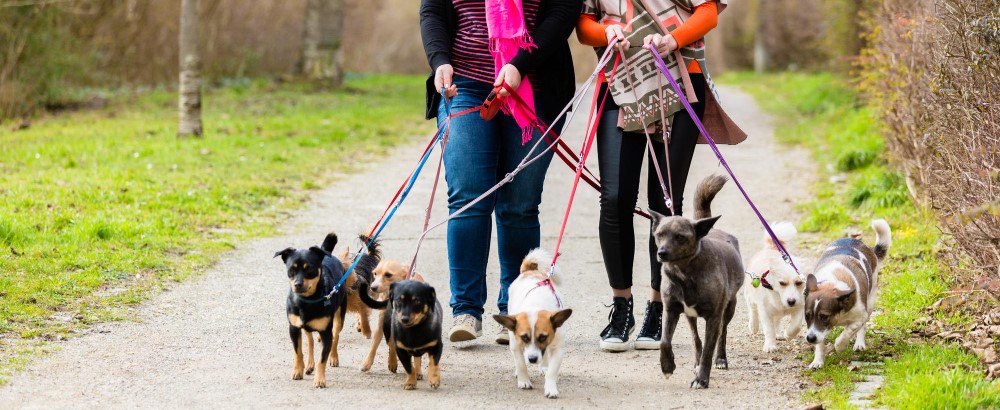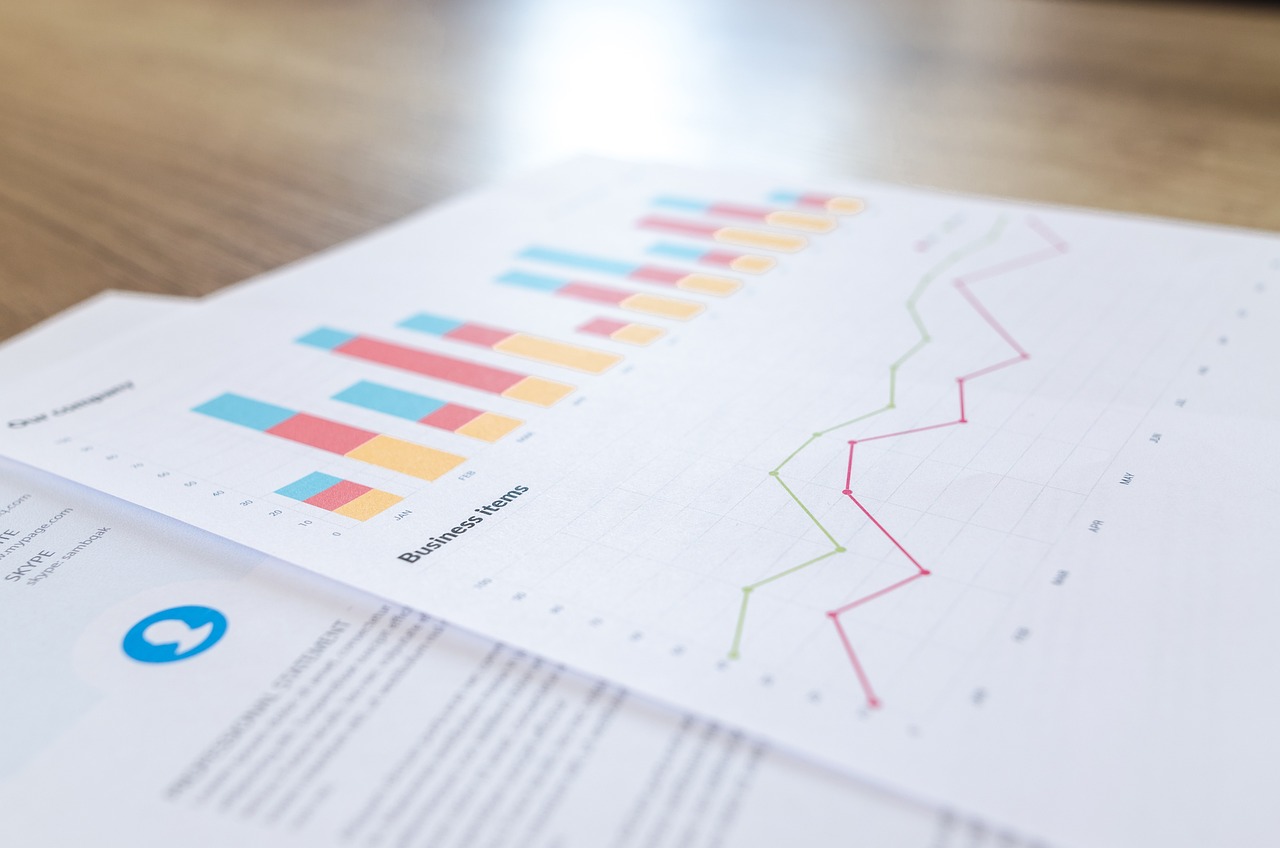

If you’re here, chances are you’re starting – or thinking about starting – a dog walking business. While many see dog walking as a fun side gig, if money is exchanging hands, it’s still a business.
But does every dog walking business need a cash flow forecast? Not necessarily. However, if you’re relying on this business to support you financially, a cash flow forecast is essential. It helps you plan, stay prepared, and avoid financial surprises.
In this guide, we’ll break down the basics of a cash flow forecast, using examples tailored to a dog walking business. By the end, you’ll be ready to create your own forecast with Brixx. Let’s dive in.
Where to start?
If you’ve ever searched for “cash flow forecast” online, you’ve likely been overwhelmed by spreadsheets filled with rows of numbers. It might seem daunting, but cash flow forecasting boils down to just four key ingredients:
- Forecast length
- Costs
- Sales
- Payment timing
Let’s break these down.
Length of forecast
At a minimum, aim for a 12-month forecast. If your goal is long-term growth, consider extending to 2-3 years. This helps you anticipate when your business might become profitable and when you’ll have extra cash to reinvest.
For a dog walking business, a 1-2 year forecast is a good starting point. It’s a straightforward business model with relatively stable costs. However, the forecast length depends on your goals. Want to grow beyond your local area? A longer forecast will help you strategize.
Once you’ve decided on your forecast length, it’s time to…
List your costs
Understanding your costs is crucial to know how much money you’ll need to start and sustain your business. Start by separating costs into startup costs and ongoing operational costs.
Common startup costs
- Transport (e.g., van): £5,000
- Crates: £400
- Leads (x8): £80
- Bowls (x8): £80
- Toys (x8): £40
- Training & Accreditation: £199
Operational costs (monthly/annual)
- Social Media Ads: £25/month
- Print Marketing (e.g., flyers): £50/month
- Insurance: £73.59/year
- NARPS Membership: £25/year
Marketing is especially important, even at this stage. Without customers, there’s no income. Invest wisely but consistently.
Forecasting sales and payment timing
Estimating sales can be tricky – especially when starting out. Entrepreneurs tend to be optimistic, but it’s important to stay realistic.
In the first few months, you’re unlikely to operate at full capacity. Plan for 20-40% of your maximum capacity initially and adjust as your customer base grows.
For a dog walking business, consider different service offerings:
1. Group Walks
- Price: £12 per dog (including VAT)
- Capacity: 4 dogs per session, 2 sessions/day, Monday-Friday
- Initial estimate: 2 dogs per session for the first 3 months
2. 1-on-1 walks
- Price: £25 per walk
- Frequency: 4 walks/month (weekends only)
3. Dog boarding
- Price: £30 per dog, per night
- Frequency: 10 bookings/month
It’s also crucial to understand when payments will come in. Will customers pay immediately, or is there a delay? This impacts your ability to cover costs in real-time.
For instance, if group walks bring in £48/day, five days a week, your initial weekly income is £240. Knowing these figures helps you build an accurate sales forecast.
Start your cash flow forecast with Brixx
Now that you’ve outlined your costs, sales, and payment timing, it’s time to bring everything together in a cash flow forecast. A financial forecasting software like Brixx simplify this process, allowing you to input your data and visualize your cash flow.
We will now break down setting up a plan in Brixx – step-by-step! You can follow along by starting a free Brixx trial, or you can download any of our free Excel template.
Section 1: Setting up your plan
When starting a new plan in Brixx, you’re greeted with a simple setup screen:

- Plan length: 3 years
- VAT: Enabled
- Currency: GBP
Once these are set, hit “Create Plan,” and we’re ready to start building our cash flow forecast.
Section 2: Income
A dog walking business typically offers three core services:
1. Group walks (£12 per walk, including VAT)
- Two sessions daily, Monday to Friday
- Initially, only 2 out of 4 slots per session are expected to be filled for the first 3 months
- Total: £240/week (or 90 units/month)
2. 1-1 walks (£25 per walk, weekends only)
- Expected sales: 4 walks/month
3. Dog boarding (£30 per night, available 7 days a week)
- Expected sales: 10 bookings/month

These income streams are entered into the financial plan, where they are tracked month by month.
Section 3: Costs of sales
Group and 1-1 walks generally have minimal direct costs, with fuel as the primary expense, averaging £50/month. This is added as a linked cost of sale.
For dog boarding, food costs £2 per dog, per night. This expense varies with the number of bookings and is entered as a cost per unit sold to reflect changes in sales volume.
Section 4: Assets
Typical assets for a dog walking business include:
- Van: £5,000
- Crates (x8): £400
- Miscellaneous (bowls, leads, toys): £200
Typically assets will depreciate over time, this is where your assets lose value due to wear and tear but for items under £100 they’re not subject to depreciation as much.
Assets such as vehicles depreciate over time. To offset the upfront cost of the van, a personal loan of £5,000 can be added, repaid over 36 months with a 7.5% annual interest rate. This approach reduces the initial cash flow impact, resulting in a manageable monthly repayment of £138.89.

Section 4: Operational Costs
Operational costs are crucial for maintaining the business. Let’s bring back our list:
- Social media promotion: £25/month
- Print marketing (leaflets): £50/month
- Insurance: £73.59/month
- Accreditation fees: £199/year
- NARPS membership: £25/year
These recurring expenses are added to the financial plan with the appropriate frequency, ensuring all monthly and annual costs are accounted for.

Section 5: Visualising cash flow
With income, costs of sales, and operational costs in place, the cash flow forecast is complete. Financial planning software like Brixx generates visual charts to illustrate cash flow trends, making it easier to identify potential shortfalls.
For those using spreadsheets, similar charts can be created by plotting the closing bank position against time.
Revisit and refine!
A cash flow forecast should be reviewed regularly. It is a dynamic tool that helps monitor the financial health of the business. Reviewing the forecast bi-weekly or monthly allows for adjustments based on actual performance.
Using software that compares actual performance vs. forecast ensures discrepancies are quickly identified and addressed.
















